Battlefield 4 Review - Multiplayer
Still: who cares, right? Battlefield has long been about its multiplayer, and sure enough here, again the game truly shines. Largely it’s a continuation of what came before but there are enough extras that it feels, if not totally new, different enough to learn all over again.The chief new addition is destructibility; just about any feature in the landscape can be whittled down or obliterated by gunfire and explosives. From trees and fences to entire buildings and – famously – even skycrapers, the battlefield constantly shifts as war unfolds. Thought you were safe from that tank by running into a building? Think again.
Of course, not everything is destructible. The skyscraper that can be toppled is the exception when it comes to large buildings, but largely the destructibility of the environment does a good job of reflecting what would and wouldn’t be destroyed in the same situation in the real world.
Beyond this flagship difference there is of course the next step up in visual fidelity. In many ways this has far less impact on the multiplayer game, as anyone that plays competitively will be well used to tweaking visual settings both up and down to gain an advantage. There also aren’t quite so many up close and personal moments to really take it all in. But nonetheless, this is still a stunningly realised world, with some amazing water, particle and other physics effects.
Most subtly, but most importantly, of all, though, are the little tweaks to the gameplay. You can now lean round corners, with the mechanism for doing so slickly integrated into the controls. Maps also now support up to 64 players and feature up to five or six capture points, spreading the battle just that little bit wider for an even more epic feel.
What’s more the new maps are fantastic. From the sprawling villages of Golmund Railway, with its moving capture point aboard a train, to the naval-centric Paracel Storm, set on an archipelago of islands that are being battered by an ever fiercer storm. They’re epic, vast, stunning and just darn good fun.
The chief play mode is still Conquest; a war of attrition where opposing teams battle for control of between three and six capture points, with matches lasting around 30 mins. This has been enhanced by a new addition called, “Levolution”. These are level-changing moments that change the dynamic of the match, with some of them natural and some activated by the players. The most obvious example is the toppling of the skyscraper in Siege of Shanghai, and then there is the catastrophic wave of Flood Zone that wipes out players and buildings alike, turning what was a typical urban battle into a naval one.
There are also some new game modes. The first is called Obliteration, and it involves players rushing to capture and plant in the opposing team’s base a bomb that has been randomly dropped in the middle of the map. There’s also Defuse which is a quick-fire Counter-Strike clone where opposing teams take it in turns to plant a bomb or protect a bomb site. Rounds only last a minute or so and there’s no respawning in each round. Both are nice enough additions, though we can see most players returning to Conquest in the long run, as it’s in this mode that the expansive nature of the game most excels - the option of controlling a helicopter or tank is what Battlefield is all about.
The final new addition is Commander mode. This is where a player can take on the role of commander to order his team about, drop weapon caches and highlight high-value enemies, using an app on either an Android or iOS tablet. While it may sound totally gimmicky, it’s actually an interesting way of allowing players to engage with their favourite game even when not at their PCs. What’s more it does seem to work, with those teams that have an all-seeing overlord generally coming out on top. The difference is subtle but definitely there.
We do have one fairly sizeable complaint when it comes to the multiplayer game, though, which is the extremely slow unlock/upgrade system. It takes hours and hours to get even the smallest upgrade, such as a sight or handle for your existing weapons and many more to offer up a variety of weapons. This may be fine for the hardcore fanbase but for the more occasional player it’s more than a bit frustrating to have no options for tweaking your loadout – beyond selecting a different class.
All of which adds up to an interesting conclusion. Battlefield 4 is still unquestionably a superb multiplayer game that we recommend people play. And if you consider the singleplayer campaign as an added bonus then it does just about add up. However, when you consider that the spit-and-polish re-release of Counter-Strike, in the form of Counter-Strike: Global Offensive, was available for £11.99, it does make it a little galling to be paying so much for what in many ways feels like the same treatment of Battlefield.
This is especially true as Battlefield 4 continually tries to push you to buy extra content. Whether it’s a Battlefield-Premium subscription for year-round DLC access, for an extra £40, or the myriad of soldier customisations that are constantly highlighted. It all feels like DICE/EA either can’t make its mind up about what it wants Battlefield to be or simply knows that if it ticks enough boxes it can charge players every step of the way. Whichever their answer is, what the solution should be is a decision to make Battlefield either a multiplayer only game where the entry fee is just a month’s subscription (or even go the free-to-play route) or the singleplayer campaign needs to be more compelling. Considering how close they’ve got in the last two attempts, we kind of hope they’ll go the latter route.
-
Overall75 / 100


MSI MPG Velox 100R Chassis Review
October 14 2021 | 15:04


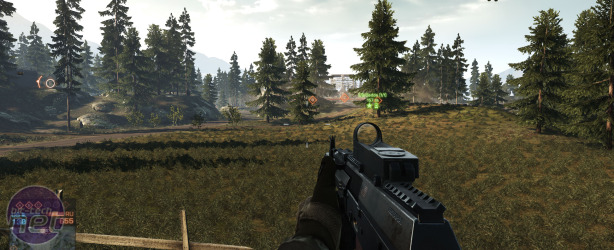
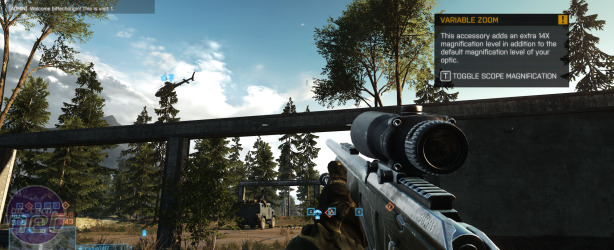
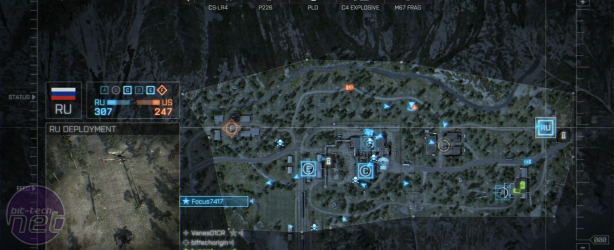
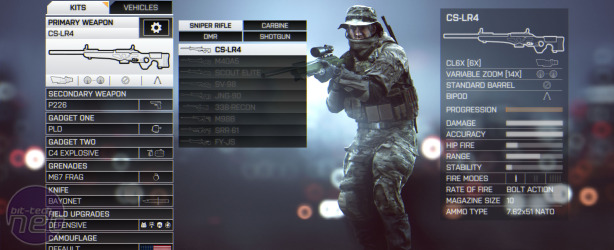
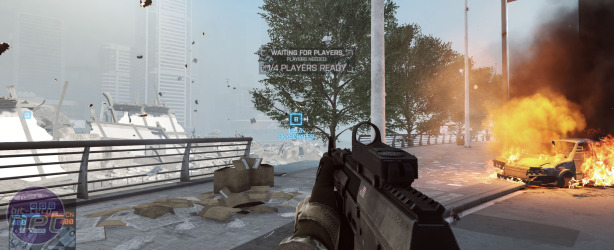








Want to comment? Please log in.